The storyboarding phase of a bid is to make sure that there is a full understanding of what the client has asked rather than rushing to write about what we think the client should know. The Bid Team has produced a guide to help companies through the storyboard stage.
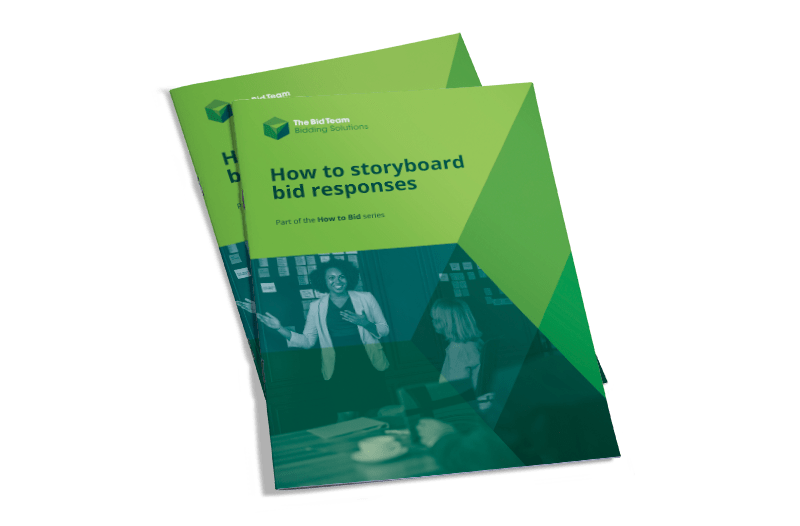
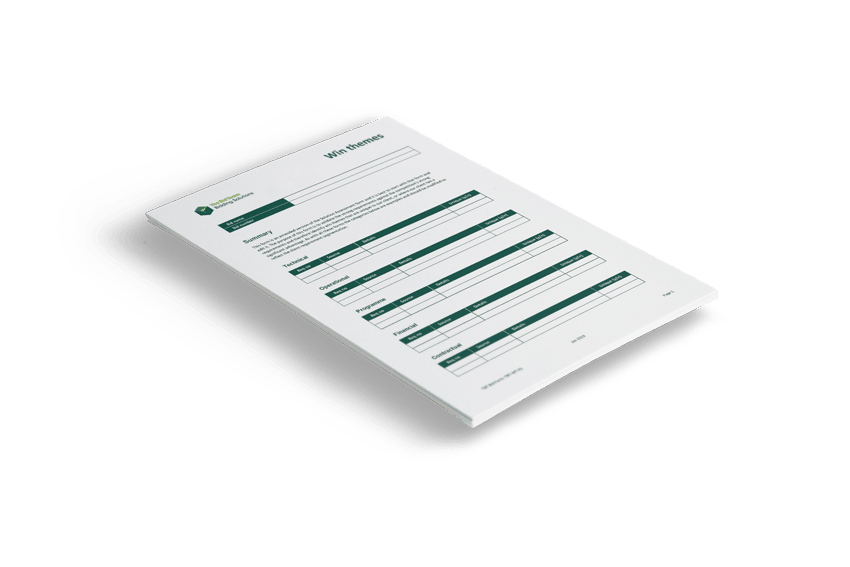
It is important that all the evaluators have been exposed to all our unique selling points. Storyboard development assigns win themes and unique selling points to the question, with some assigned more than once. The Bid Team has produced a win theme proforma to help companies to storyboard answers.
It is important that all the evaluators have been exposed to all our unique selling points. Storyboard development assigns win themes and unique selling points to the question, with some assigned more than once. The Bid Team has produced a win theme proforma to help companies to storyboard answers.

All bids win by having the highest score during client evaluation. It is essential to understand how the client will score the submission, this can have a big impact on the answer structure. The Bid Team has produced a storyboard template to help companies to structure answers. The storyboards define the bid graphics expected for each answer.
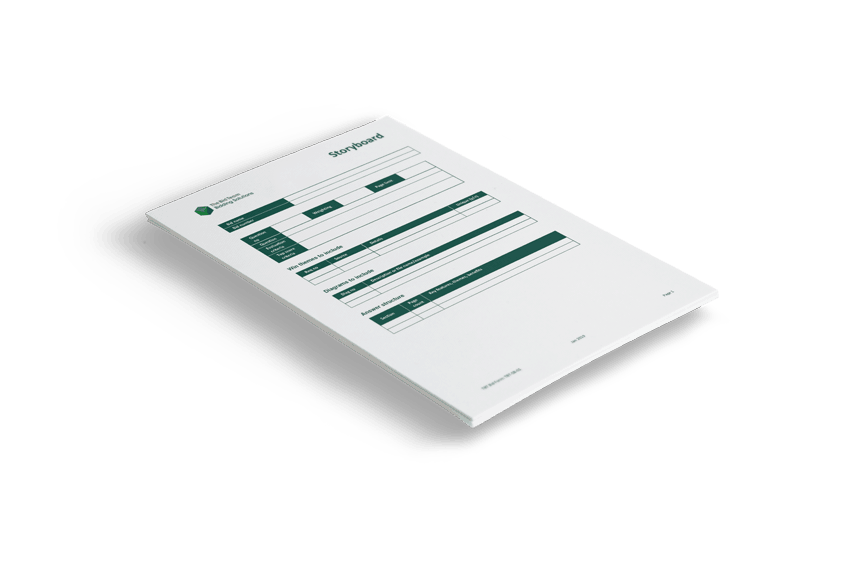
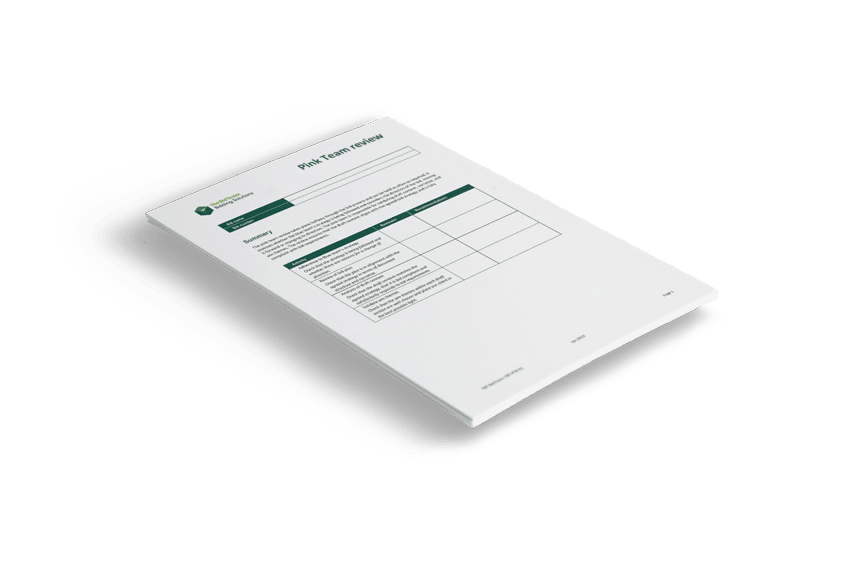
The pink team is a mid-bid review that can be held as many times as needed. The direction of the bid is either moved forward or the direction is altered as a result of the outcome of this review. The Bid Team has produced a proforma to facilitate this review. The pink team reviews are part of a series of reviews that need to be undertaken as the bid progresses.
The pink team is a mid-bid review that can be held as many times as needed. The direction of the bid is either moved forward or the direction is altered as a result of the outcome of this review. The Bid Team has produced a proforma to facilitate this review. The pink team reviews are part of a series of reviews that need to be undertaken as the bid progresses.

At each stage of the bid process there should be a reassessment of the likelihood of winning the bid. As the bid develops, more information becomes available and the likelihood of winning will change. The Bid Team has developed a series of gateway reviews that sign off the continued investment in the bid. After passing this gateway the process moves to the writing stage of the bid.
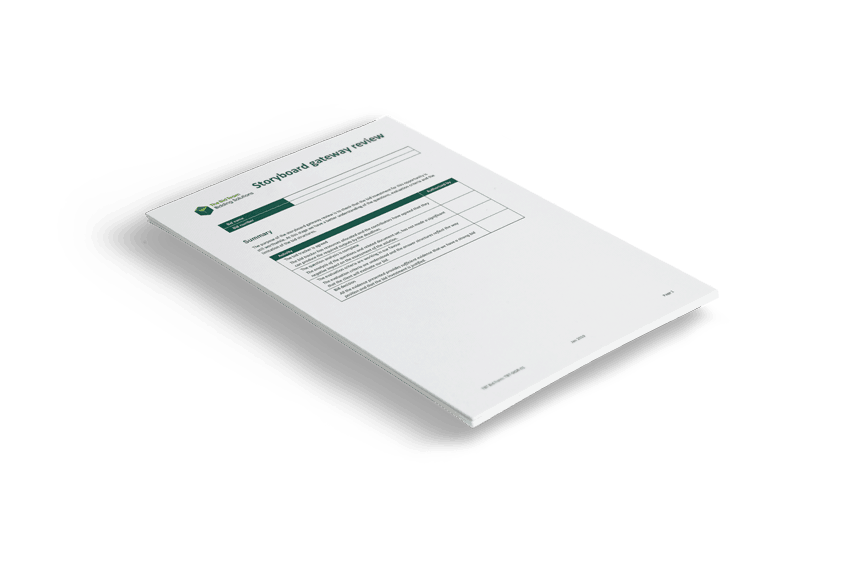
The Bid Team can help you storyboard your bid responses making sure that key messages and win themes are reflected in correctly structured answers focused on the evaluation criteria.
Here’s a bit more information on the bid storyboarding process for your guidance:
There is a mistaken belief when bidding that “if you are not writing, then you are not bidding”. The rush to write is understandable but writing without planning can lead to nugatory work by the writing team or having to revisit and rework elements of the bid. This is frustrating for the writers and adds to bid investment. The storyboard phase of a bid is the planning stage. It is the time when you study all the client material and produce answer structures that the writers can follow.
Storyboarding is a formal process of analysing the question, evaluation scores and themes that we want the evaluators to be aware of. It is a formal step in the process specifically designed to halt the “rush to write” and to focus on analysing what should be written rather than what we want to write. The driving force behind the storyboard is the evaluation criteria and how the evaluators will score the bid. The evaluation criteria usually define how maximum scores can be obtained and there is usually a great variation in how maximum points can be obtained. The main outcomes are: a full analysis of the client documentation; an understanding of how the client will score our submission; an understanding of the questions and why they are asked the way they are; the answer structures that will fully address all elements of the question; and the win themes that are to be used in each answer.
- Client Documentation. The client has produced a documentation set, that will typically have been reviewed and agreed by senior management in the client organisation. All documents should therefore be reviewed and thoroughly analysed to ensure that there aren’t any clarifications or suggestions that could have an impact on the way we develop our solution. The full tender set should be added to the bid library and the analysis made available to all members of the bid team. This analysis should be a living document and updated as client clarifications are issued. The storyboard should refer to the key documents that need to be addressed in each answer, making reference to the impact that each document has on the answer.
- Evaluation Criteria. The evaluation criteria should be the absolute guide to storyboarding, writing, editing and reviewing the answers that we provide. It is what the evaluator will score against and hence it should be obvious to the evaluator that our answer gets full marks. Sometimes the evaluation criteria will say ‘full marks for a compliant answer’, but in many cases this is not so, and a fully compliant answer may only score 50% of the available marks. The evaluation criteria may say that ‘additional benefits’ or ‘added value’ or ‘demonstrable added benefits’ are required for that score, these points need to be explicitly addressed. The storyboard should reflect the evaluation criteria and structure the answers to them. If the criteria say ‘added value’ then the answer structure must make it clear, with a heading or statement, that this part of the answer is the added value piece that you can award points for. All of the criteria should be addressed in the answer in an obvious way that can be identified by the evaluator. There are also key words. For example, ‘demonstrable’ or ‘evidenced’ means case studies or where have you done this before. These should always be clearly addressed in the answer structure during the storyboard stage.
- Question Analysis. It is very much back to the advice we had at school to “read the question, before answering”. This very much applies to bids. It is important that we understand what the client has asked and try to determine why. Different clients will ask similar questions, we must therefore analyse the question even if we think we know what they have asked. It is only by answering every part of the question that we can get maximum scores. The question analysis should be contained in the storyboards so that the writers understand why the structures have been produced and what makes this answer unique.
- Answer Structures. The answer structure is an important guide for the technical writer to follow when producing the technical cut of the answer. It makes sure there is a guide on word or page counts for each part of the question and essentially makes sure that every part of the question is addressed. The storyboard structure is therefore the starting point for the technical writers. There is, of course, some flexibility in the word or page counts at this stage and typically technical writers are encouraged to write beyond the limits by about 50%, so that this can be edited down to the submission limits at the bid editing stage.
- Win Themes. In determining the bid strategy, we analysed the client requirements and made an assessment against the client scoring criteria as to how closely our solution matched those requirements. When qualifying the bid, we made a comparison against our competitors and identified areas where we have a strong and a weak solution and how we would be placed against our competition. In initiating the bid, we make a further assessment against the client requirements and identify areas that could be strengthened by the use of sub-contractors. The revised strong and weak requirements were then re-assessed against the competition and a decision made that we have a sufficiently strong solution to continue the bid investment. The requirements that we identified as strong should therefore reflected in the bid as win themes and unique selling points. The allocation of win themes to answers in the storyboards should ensure that all win themes are identified in all sections as these may have different readers/evaluators.
Contact Us Now
To enquire about any of our services please fill out the contact form below and we will be in touch.